Home>Ideas and Tips>How To Choose And Install The Right Bathroom Medicine Cabinet
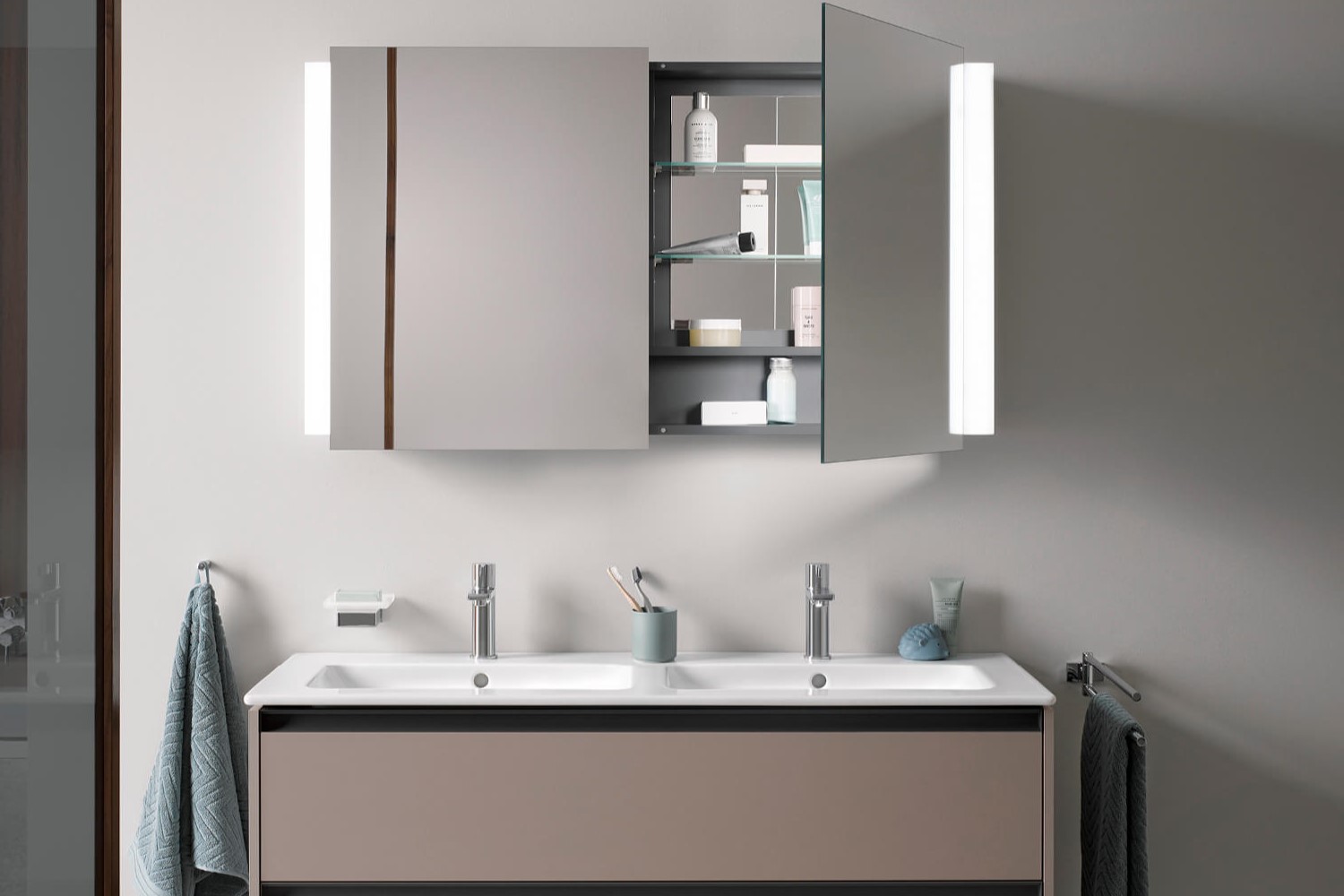

Ideas and Tips
How To Choose And Install The Right Bathroom Medicine Cabinet
Modified: October 28, 2024
Learn how to choose and install the perfect bathroom medicine cabinet with our comprehensive guide. Enhance your bathroom's functionality and style today!
(Many of the links in this article redirect to a specific reviewed product. Your purchase of these products through affiliate links helps to generate commission for Storables.com, at no extra cost. Learn more)
Choosing the right bathroom medicine cabinet can be a daunting task, especially with the numerous styles, sizes, and features available in the market. However, with a clear understanding of your needs and the options available, you can make an informed decision that enhances both the functionality and aesthetic appeal of your bathroom. In this article, we will guide you through the process of selecting the perfect medicine cabinet for your bathroom and provide detailed instructions on how to install it.
Measure Your Space
Before you begin your search for a medicine cabinet, it's crucial to measure your space accurately. This step ensures that you choose a cabinet that fits perfectly in your bathroom, providing ample storage without overwhelming the area.
-
Measure the Width of Your Vanity: The width of your bathroom vanity is a key factor in determining the size of your medicine cabinet. Ideally, the cabinet should be slightly narrower or the same width as your vanity. For example, if your vanity is 30 inches wide, a 24-30 inch medicine cabinet would be ideal.
-
Measure the Height: Next, measure the distance between the lights above your vanity and the top of the faucet. Ensure that there's enough clearance between these elements so that the medicine cabinet can be installed without obstructing any plumbing or electrical fixtures. A general rule of thumb is to leave at least 3 inches of space between the bottom of the medicine cabinet and the top of the faucet.
Choose an Installation Type
Medicine cabinets come in two primary installation types: surface-mount and recessed. Each type has its own advantages and considerations.
-
Surface-Mount Medicine Cabinets: These cabinets are mounted directly on the wall. They're easy to install by yourself and don't require moving any plumbing or electrical lines. Surface-mount medicine cabinets include any screws and mounting hardware required for installation. However, they tend to stick out a few inches from the wall, which might not be ideal for all bathroom designs.
-
Recessed Medicine Cabinets: Recessed medicine cabinets are installed into a hole in the wall, creating a built-in look. These cabinets can be deeper than surface-mount designs, providing more storage space. Although they often require professional installation, recessed medicine cabinets are a great space-saving option since they don't stick out from the wall.
-
Corner-Mount Medicine Cabinets: These cabinets are installed in the corner of the bathroom and often placed above corner vanities. This style is an excellent choice for small bathrooms as it makes the most of unused corner space.
Select a Design
Once you've determined the ideal width and height of your medicine cabinet, it's time to select a design that fits your bathroom's style.
- Shape and Framing: Medicine cabinets may come in standard rectangular shapes or have curved sides. More contemporary-style cabinets often have angular shapes, while more traditional or classically styled cabinets have curved edges. You can choose between framed and frameless designs:
- Framed Cabinets: These typically have a more traditional style with frames made of various woods or metals. Framed cabinets can add a classic touch to your bathroom but may not be as sleek as frameless options.
- Frameless Cabinets: These are more modern in design, featuring mirrors with beveled edges for an elegant look or sleek, flat edges for a contemporary feel. Frameless cabinets provide a minimalist aesthetic that can enhance the overall look of your bathroom.
Consider Additional Features
Modern medicine cabinets come with various features that can enhance their functionality and convenience.
-
Lighting: Lighting is an essential feature to consider when choosing a medicine cabinet. Different light strip positions can provide different lighting effects:
- Full Light Strip: Installing a full light strip on all four sides of the mirror door is ideal for tasks like applying makeup or facial cleaning. This type of lighting ensures that you have ample illumination inside the cabinet.
- Partial Light Strip: If you just need to add some light to your bathroom without requiring much placement, partial light strips (installed on one or two sides) will suffice. These options are less expensive than full light strips but still provide sufficient illumination.
- Interior Lighting: For elderly individuals, cabinets with lights inside are highly recommended. These allow easy reading of medication instructions and help find items within the cabinet more easily.
-
Mirrored Interior: Cabinets with mirrored interiors make it easier to see everything inside without needing to close the doors. This feature is particularly useful if you prefer using an interior mirror while using your toiletries.
-
Mirror Defogger: A mirror defogger prevents fog from building up on the mirror's surface while you shower, ensuring clear visibility at all times.
-
Magnifying Mirror: A magnifying mirror allows for a close-up view, which is excellent for applying makeup or achieving a precise shave.
-
Adjustable Shelves: Adjustable shelves provide customization options for your bathroom storage. You can accommodate taller toiletries with plenty of vertical space or add extra shelves to stash small items.
-
Adjustable Hinges: Adjustable hinges offer flexibility during installation and for future use. These hinges allow you to realign the door if it shifts over time, ensuring smooth operation.
-
Side Kits: Side kits include panels that attach to the exterior sides of recessed medicine cabinets, giving them a polished look. This feature is useful if you want to convert a recessed cabinet into a surface-mount one.
-
Concealed Hinges: Concealed hinges appear invisible when the cabinet is closed, creating a sleek and stylish appearance. These types of hinges are installed on the inside of the cabinet.
-
Electrical Outlets: Some medicine cabinets come with electrical outlets inside the cabinet. These units provide concealed charging and storage for all bathroom essentials like hair styling tools or electric toothbrush chargers.
-
USB Outlets: Similar to electrical outlets, USB outlets allow you to charge electric toothbrushes or electric razors from inside the medicine cabinet, keeping your countertop clutter-free.
-
Medical Locks: This feature is a great option if you want to keep any medications stored safely. Medical locks ensure that only authorized individuals can access the contents of the cabinet.
Choose the Right Material
The material from which your medicine cabinet is made is another critical factor to consider.
-
Aluminum: Aluminum is popular in medicine cabinets due to its light weight and high water and rust resistance. The smooth surface gives a premium feel and suits any modern decoration.
-
Plastic: If you're looking for a cheaper cabinet that can fit into a more casual bathroom space, plastic models are worth considering. However, plastic cabinets may not be as durable as those made from other materials.
-
Wood: Wooden cabinets can be waterproof enough but often lack the necessary waterproofing for bathroom environments. Wooden cabinets that are not waterproof enough can become moldy in humid conditions. Textured wood is suitable for bathrooms using natural styles or rustic spaces.
-
Stainless Steel: Cabinets made of stainless steel are corrosion-resistant and perfect for modern or brightly colored bathrooms. However, all stainless steel cabinets are too expensive and too heavy to hang.
Read more: How To Choose And Install The Right Toilet
Installation Process
Once you've selected your medicine cabinet based on size, design, features, and material, it's time to proceed with the installation process.
Surface-Mount Installation
- Prepare the Wall: Ensure that the wall where you plan to install the medicine cabinet is clean and free from any debris.
- Mark the Spot: Use a level to mark the spot where you want to install the cabinet. Make sure it is aligned with any surrounding fixtures.
- Drill Pilot Holes: Drill pilot holes for the screws provided with your cabinet.
- Mount the Cabinet: Mount the cabinet using screws and follow any additional instructions provided by the manufacturer.
- Secure the Cabinet: Double-check that the cabinet is securely fastened to the wall.
Recessed Installation
- Create a Hole: Use a drill or a specialized tool to create a hole in the wall that matches the dimensions of your recessed medicine cabinet.
- Prepare the Cabinet: Ensure that your recessed medicine cabinet has any necessary mounting hardware included.
- Install the Cabinet: Carefully place the cabinet into the hole and secure it using screws or clips provided.
- Finish the Hole: Fill any gaps around the edges of the hole with caulk or spackling compound to create a seamless finish.
Corner-Mount Installation
- Measure the Corner: Measure the dimensions of your corner space to ensure that your corner-mount medicine cabinet fits perfectly.
- Mark the Spot: Use a level to mark where you want to install the cabinet in the corner.
- Drill Pilot Holes: Drill pilot holes for screws if necessary.
- Mount the Cabinet: Mount the cabinet using screws and follow any additional instructions provided by the manufacturer.
- Secure the Cabinet: Double-check that the cabinet is securely fastened to both sides of the corner.
Additional Tips
- Consider Professional Help: If you're unsure about any part of the installation process, consider hiring a professional to ensure that everything is done correctly and safely.
- Check Local Building Codes: Before starting your project, check local building codes and regulations regarding bathroom fixtures and installations.
- Test the Cabinet: After installation, test the cabinet to ensure that it functions properly and there are no issues with lighting or other features.
Conclusion
Choosing and installing the right bathroom medicine cabinet requires careful consideration of several factors including size, design, features, material, and installation type. By following these guidelines and tips, you can select a cabinet that not only meets your storage needs but also enhances the overall aesthetic appeal of your bathroom. Whether you opt for a sleek recessed cabinet or a stylish surface-mount one, ensuring that it fits perfectly in your space will make all the difference in creating a functional and beautiful bathroom environment.
By following these steps and considering all the factors mentioned above, you can confidently choose and install a medicine cabinet that perfectly complements your bathroom design while providing ample storage for your essential items.
Was this page helpful?
At Storables.com, we guarantee accurate and reliable information. Our content, validated by Expert Board Contributors, is crafted following stringent Editorial Policies. We're committed to providing you with well-researched, expert-backed insights for all your informational needs.
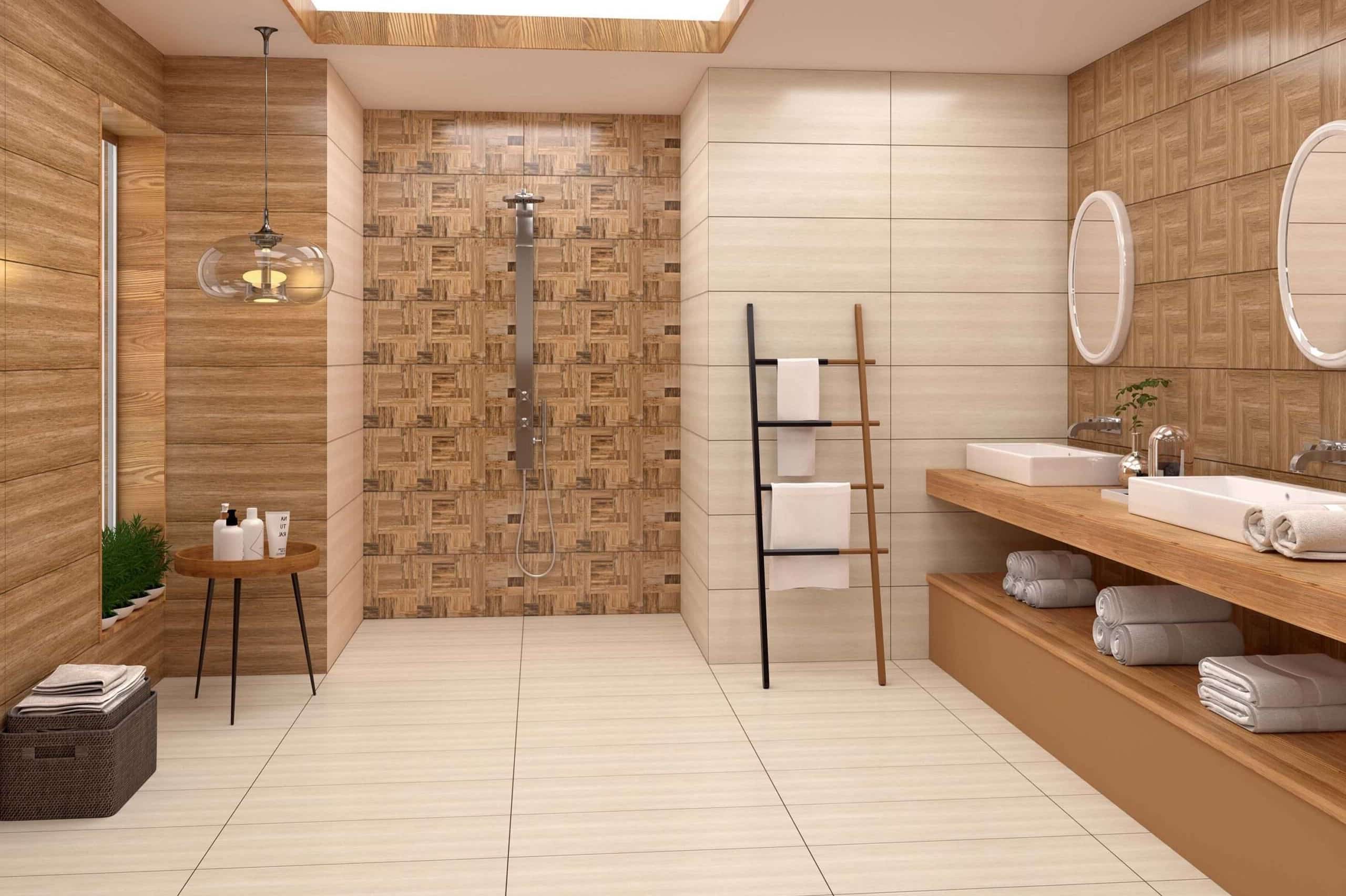
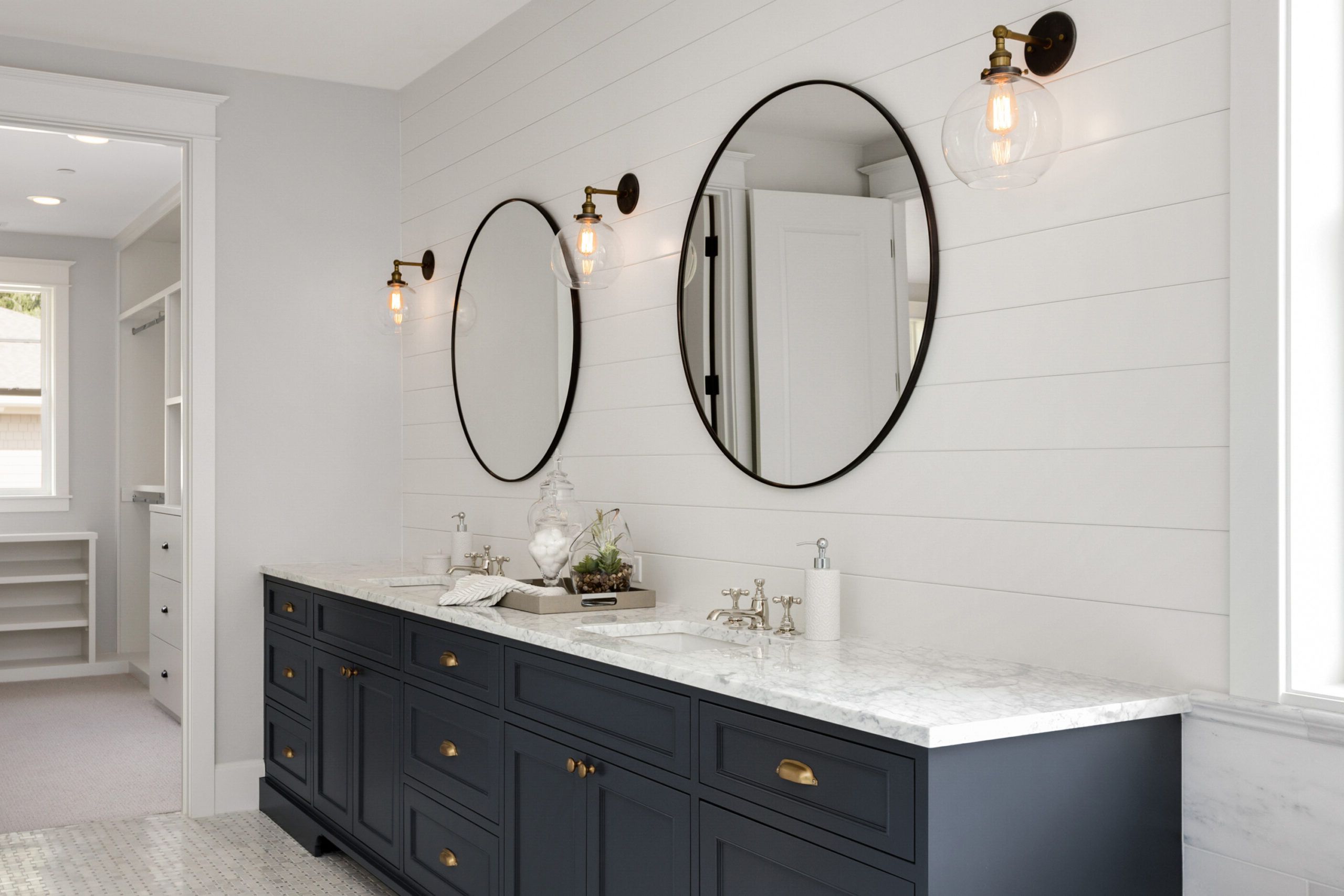
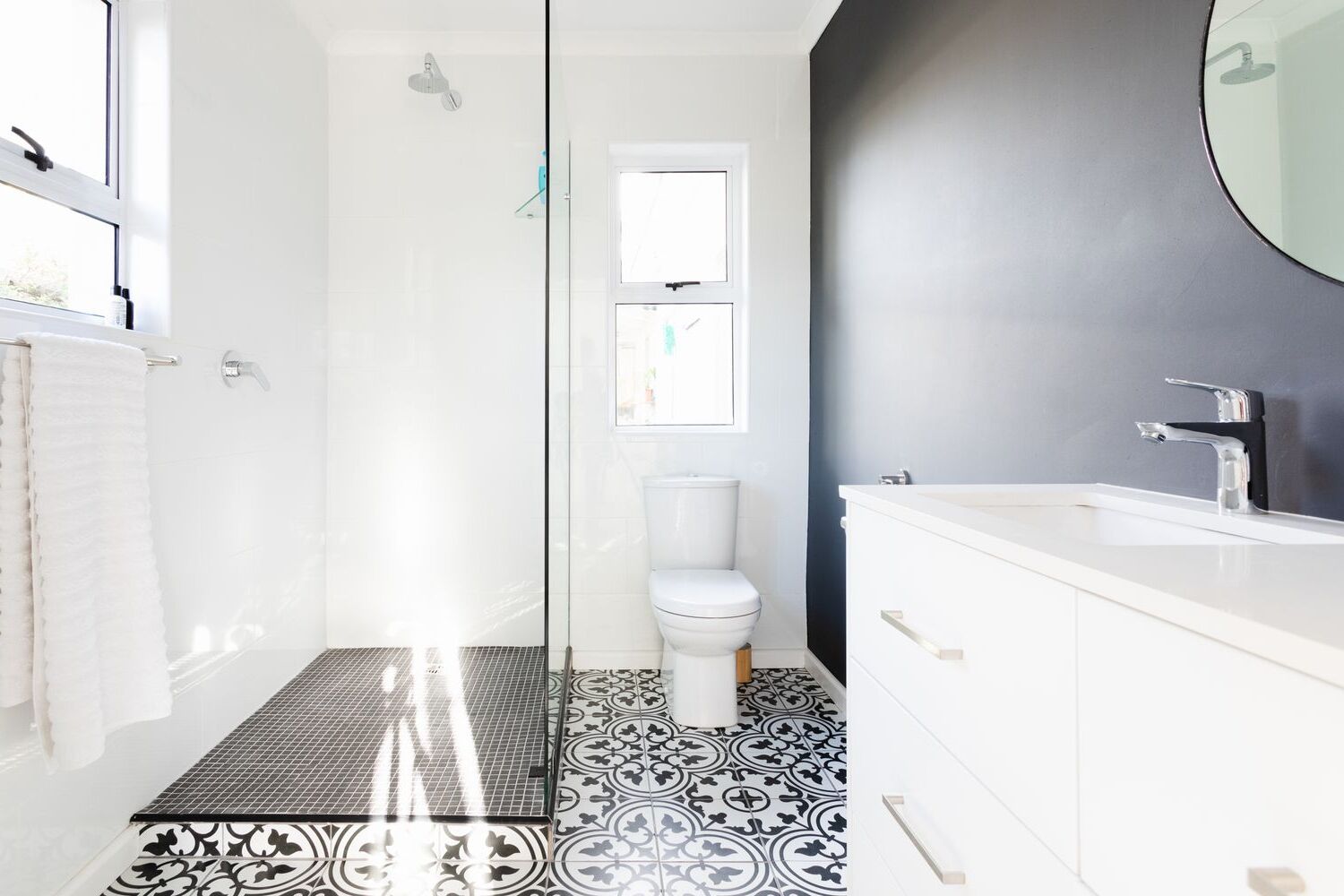

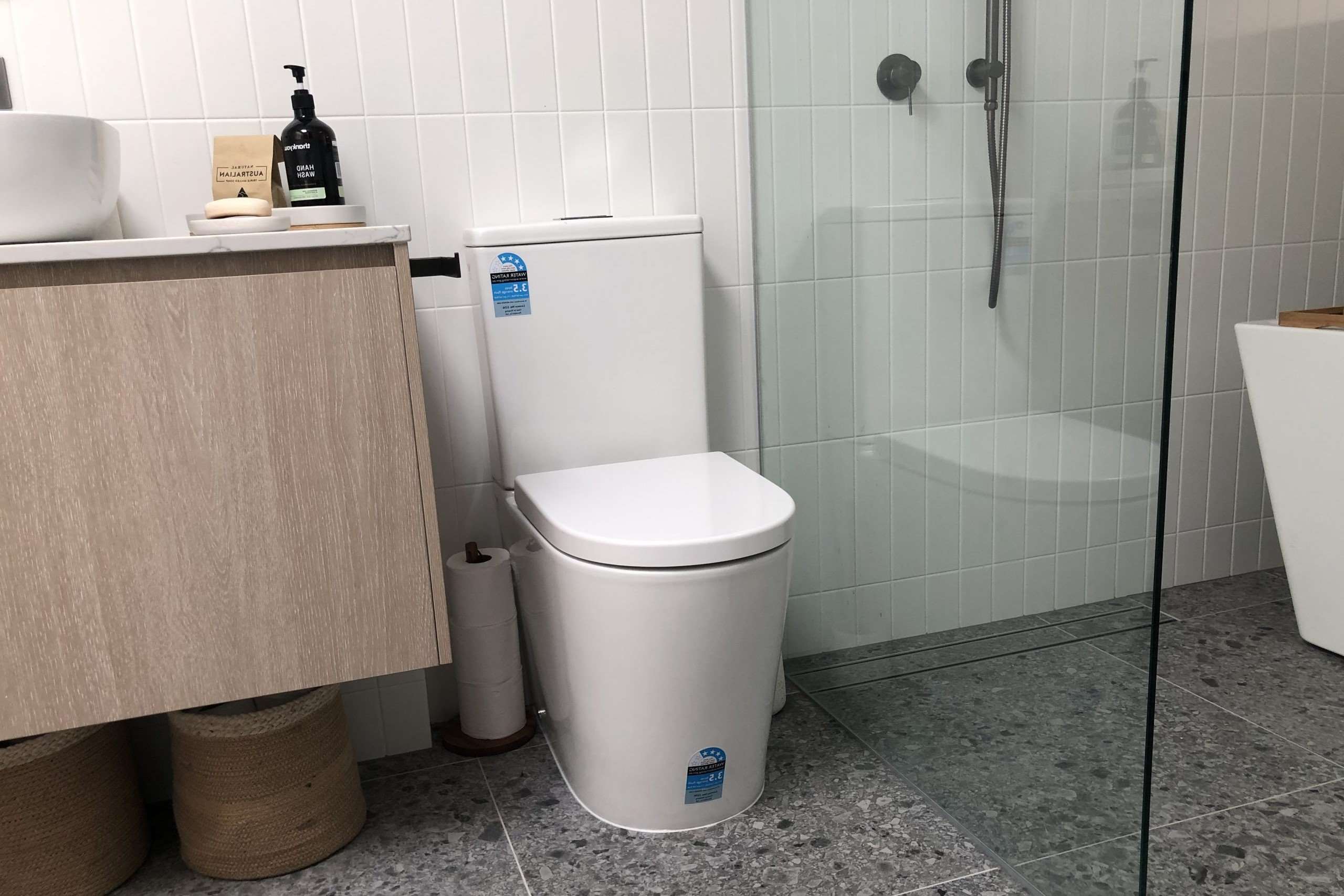
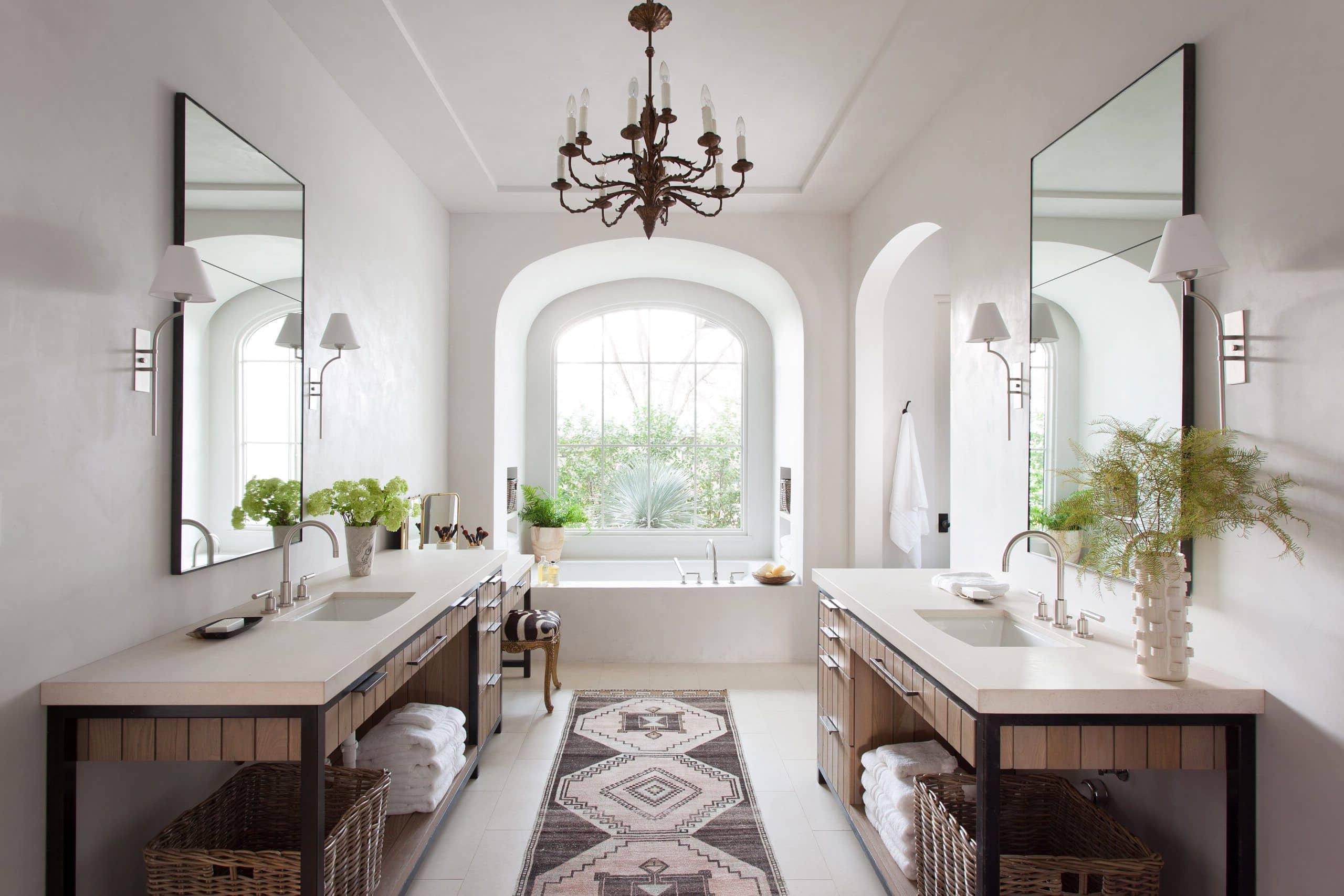
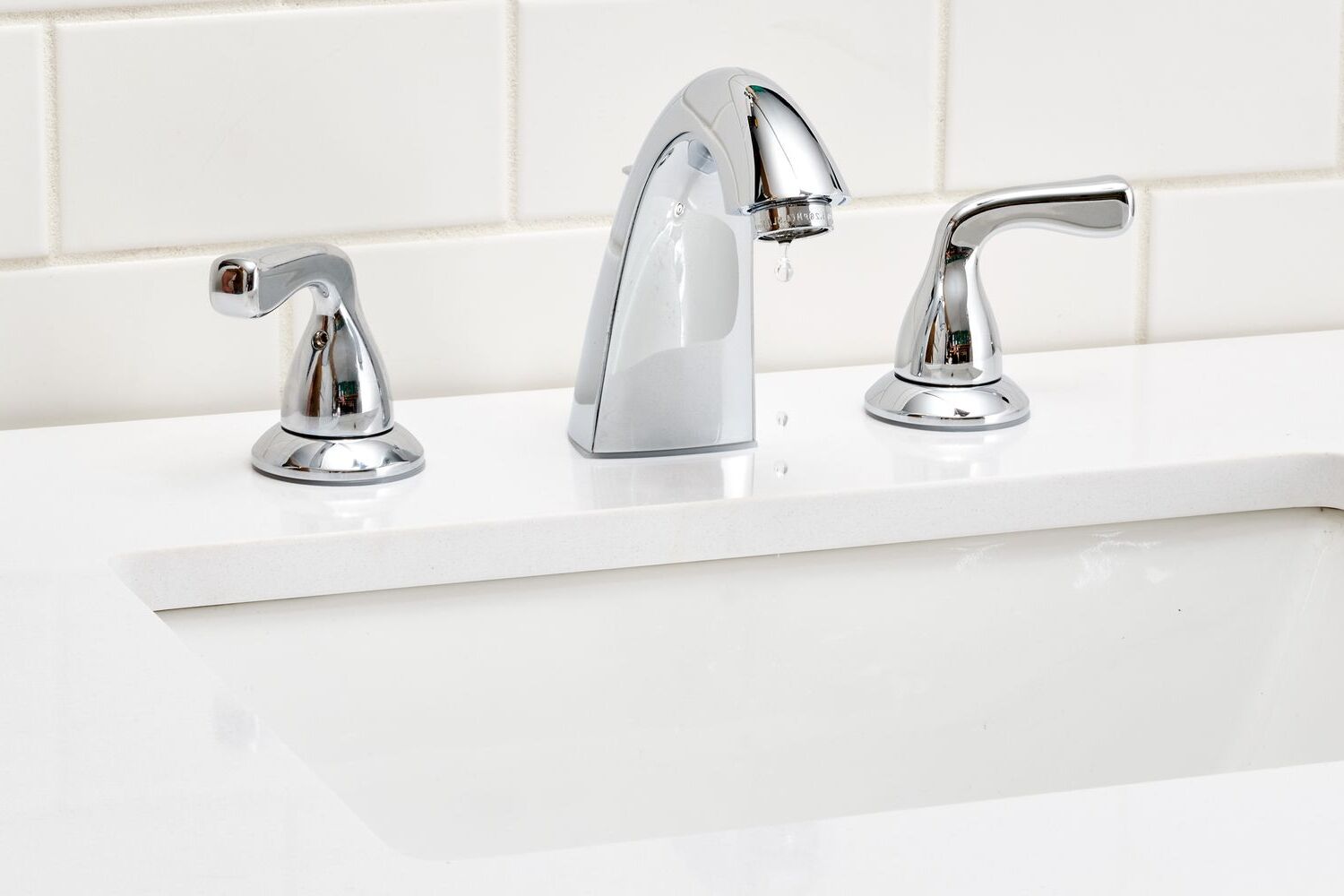
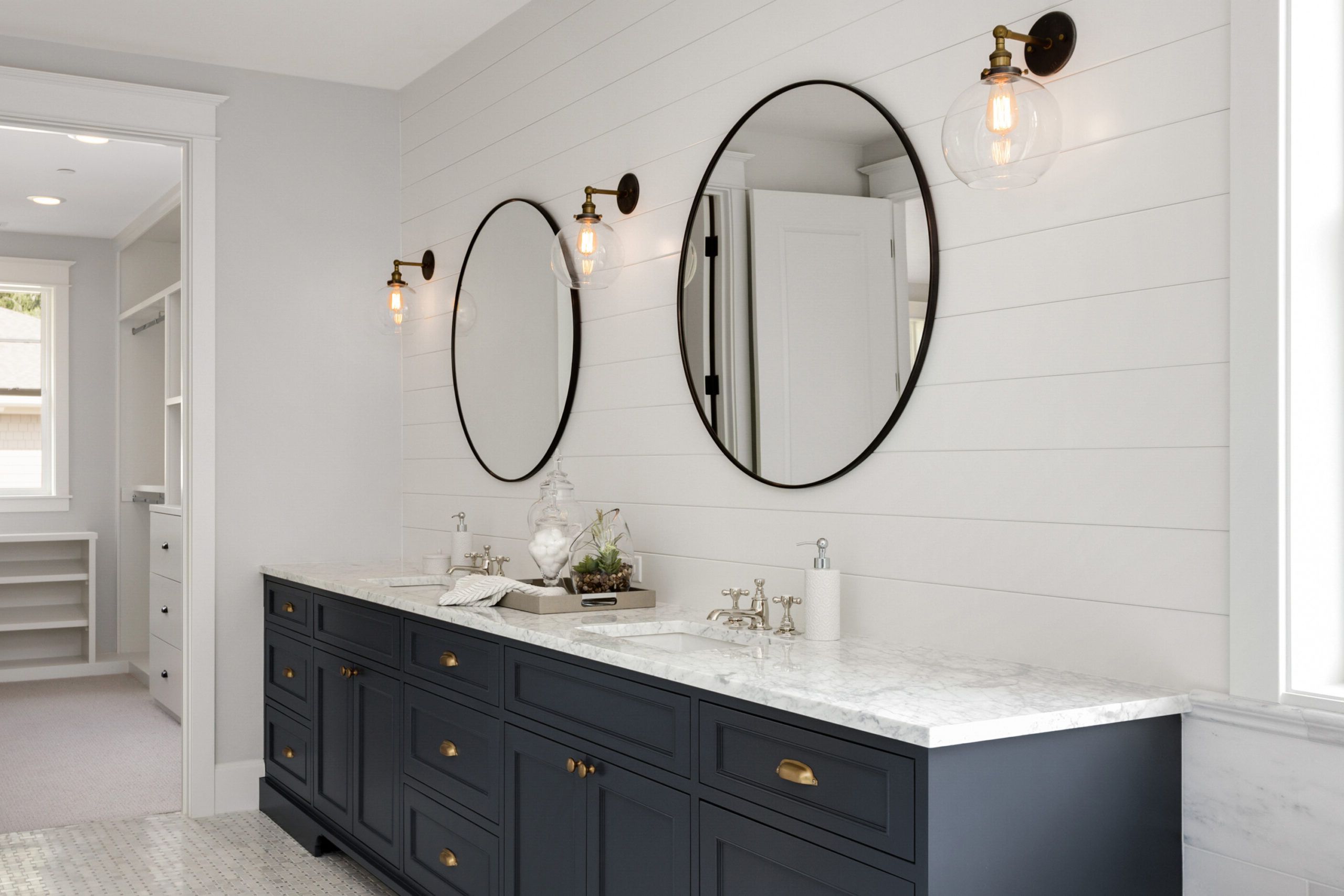
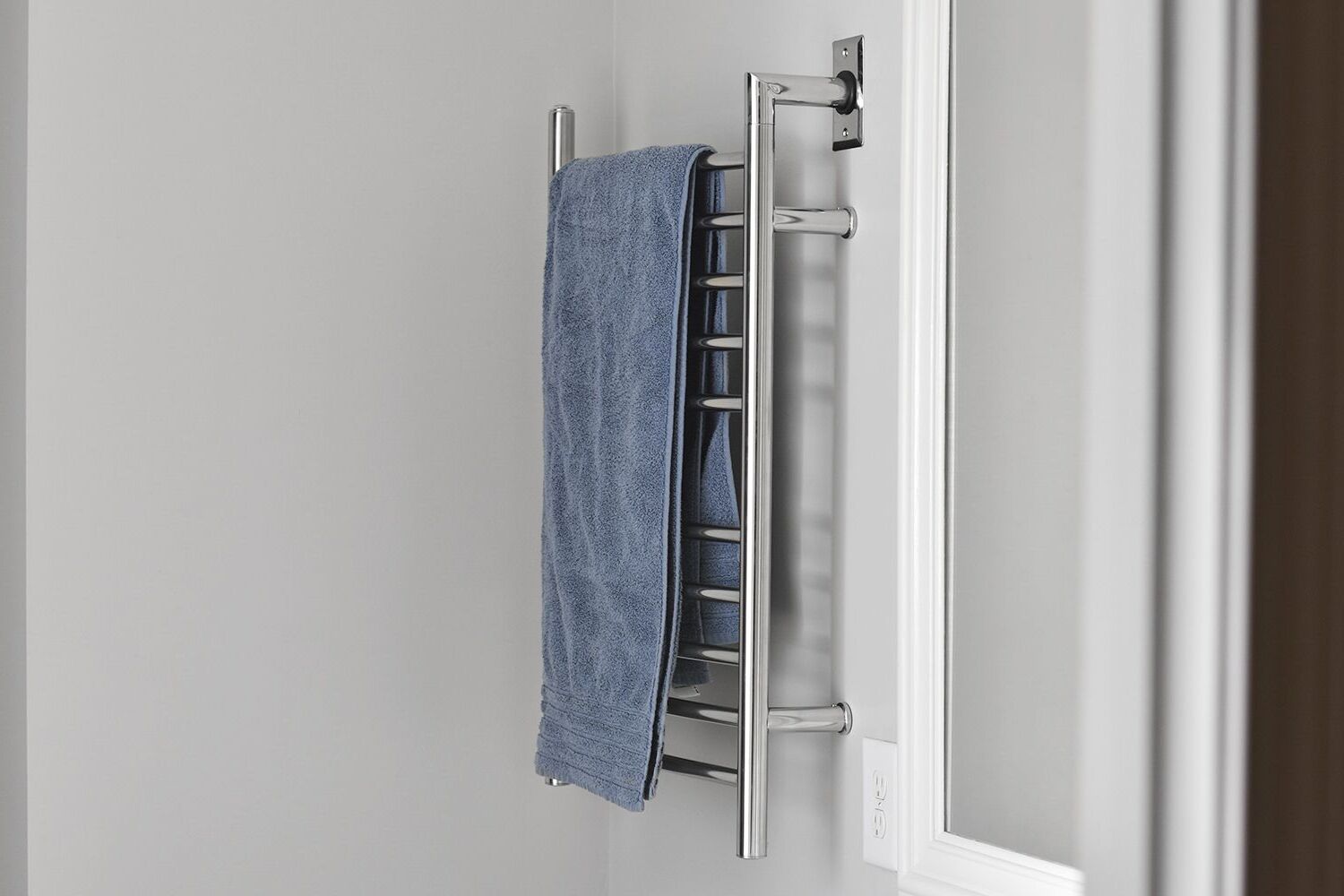
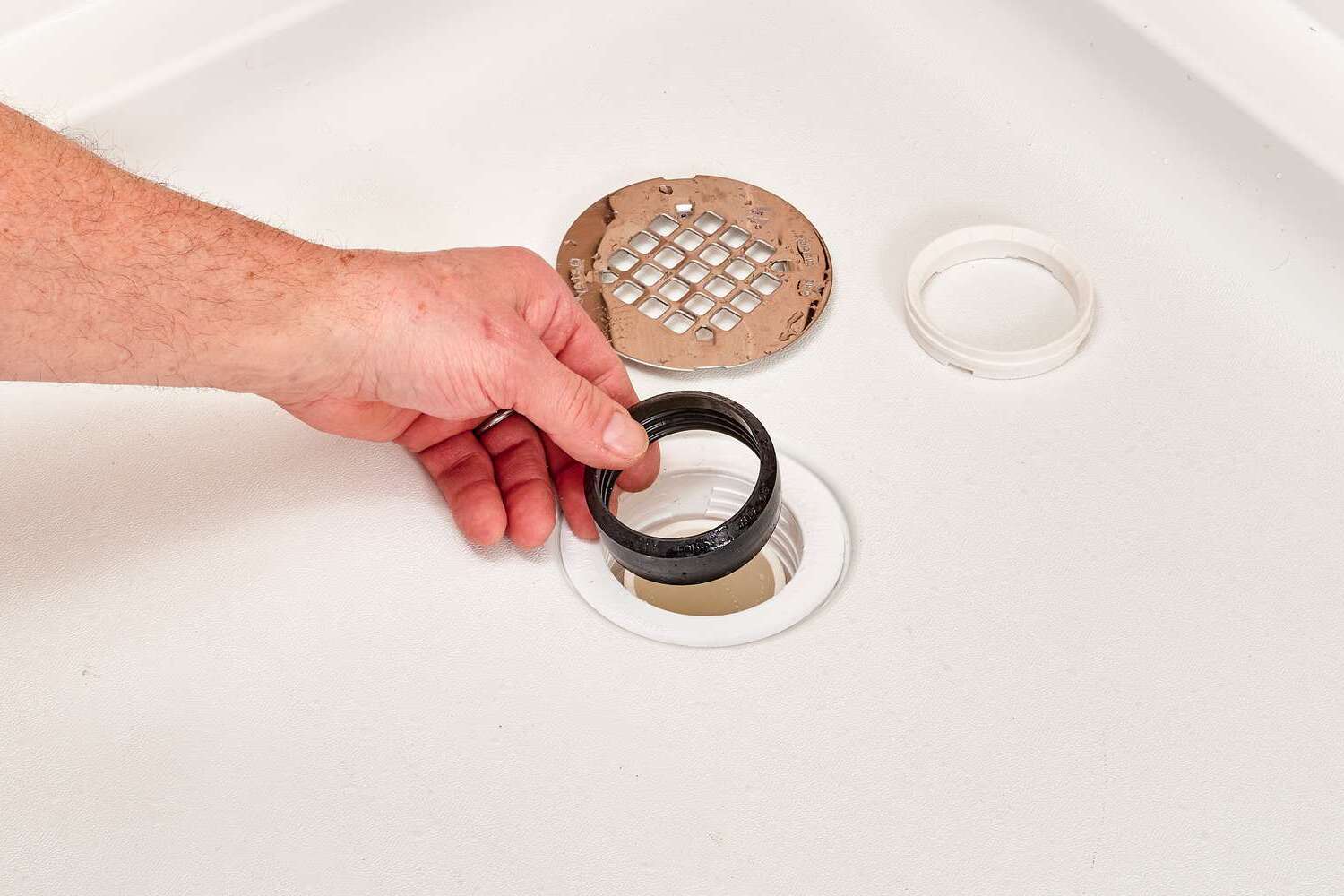
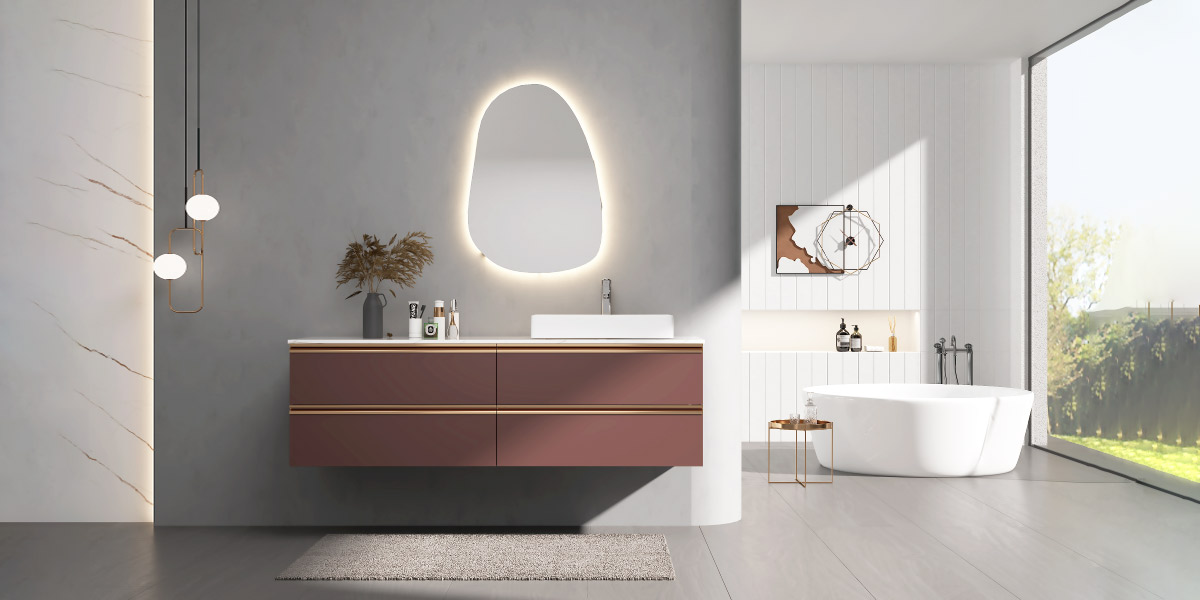
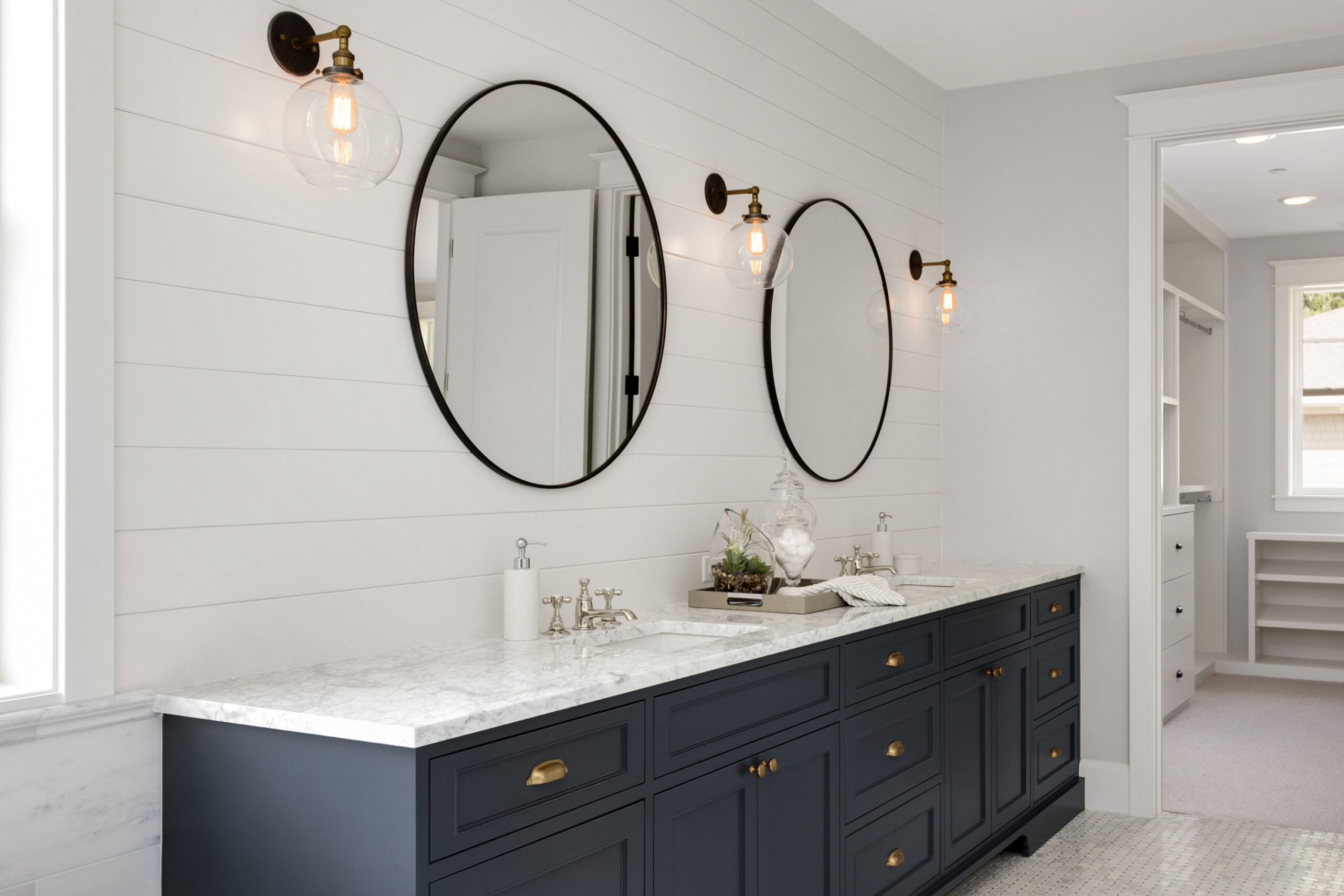
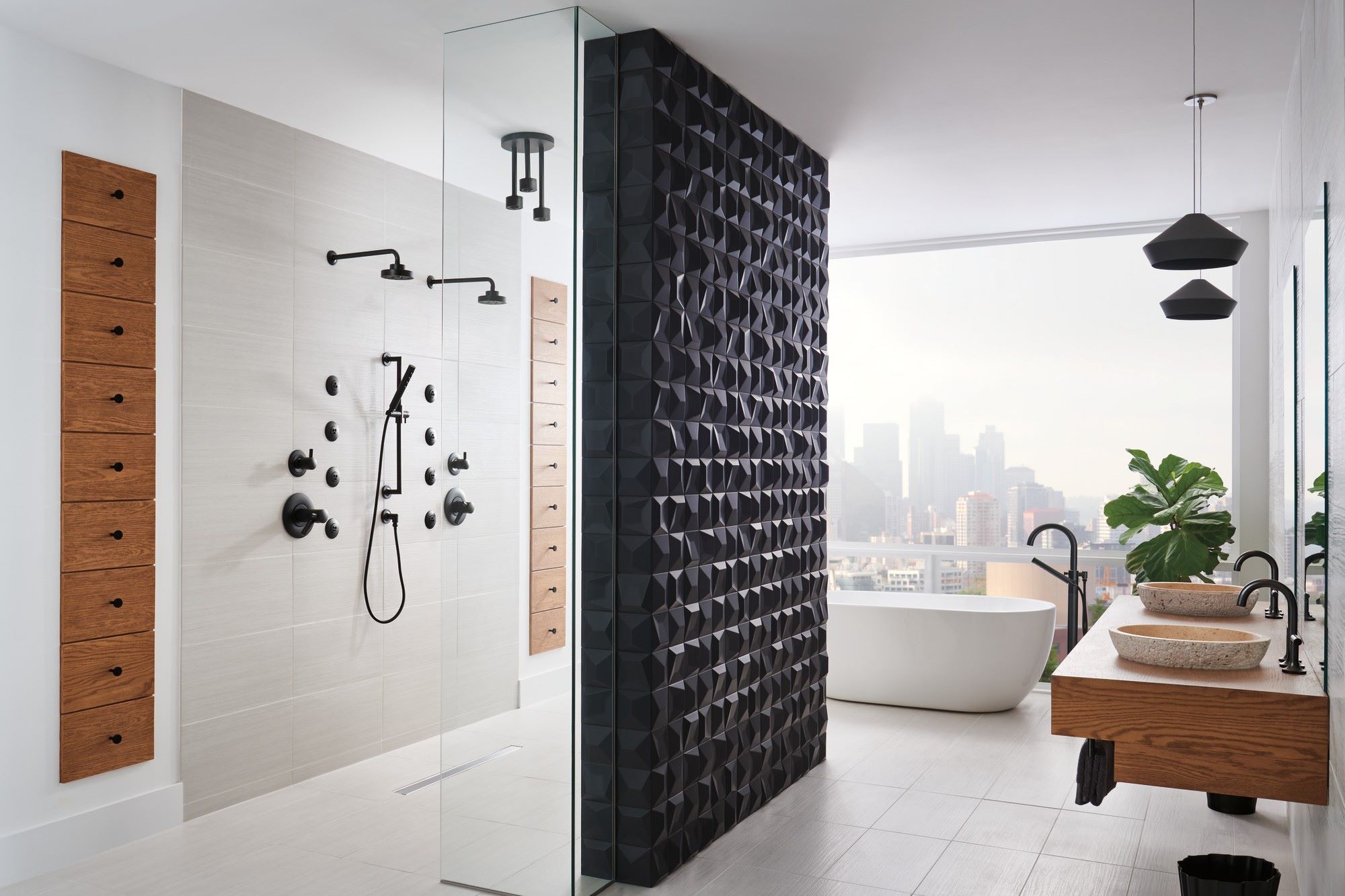
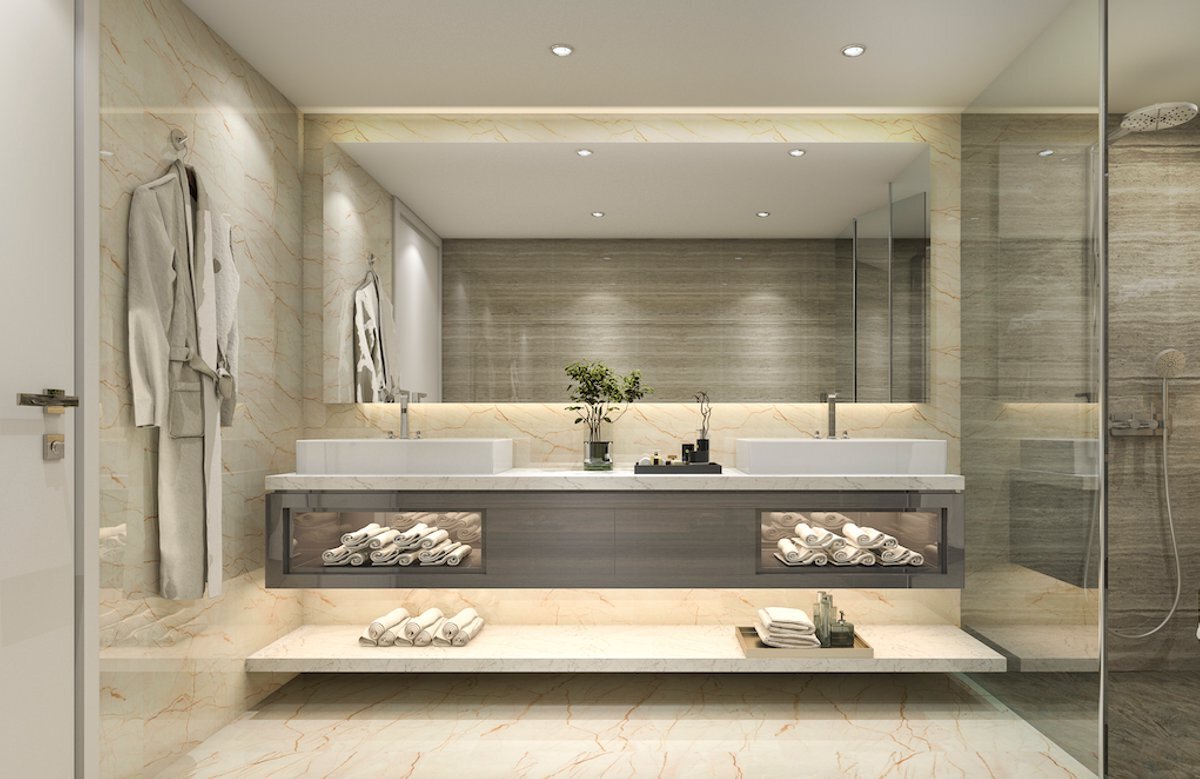

0 thoughts on “How To Choose And Install The Right Bathroom Medicine Cabinet”